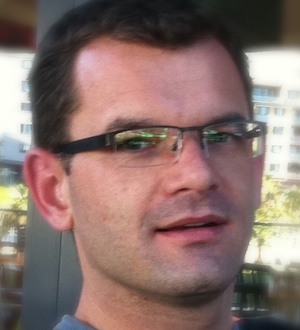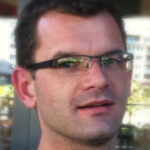Cytokines are engaged in a perpetual identity crisis of sorts. Their role in healing and restoration of tissue integrity and homeostasis is invaluable. Yet, simultaneously, their involvement in multiple medical conditions points to their darker nature. Given that inflammation is a common factor in many diseases, cytokines are of considerable therapeutic interest. So how successful have cytokine-targeted therapies been? What have we learnt about inflammation from the clinical outcomes of trials using these drugs? In an attempt to skim the surface of what would be a very complex answer, I have been asked to briefly summarise a review by Schett and colleagues: “Toward a cytokine-based disease taxonomy”.
One key fact about the immune system is that it is unfortunately complex. Cytokines work in networks to exert their broadly pro- and anti-inflammatory effects, can inhibit or promote the expression of other cytokines, and have local and systemic effects. The traditional approach to excessive immune activation like in rheumatoid arthritis was to try to block the whole shebang by using drugs that have fairly non-specific activity – like the corticosteroids. Incidentally, if you are interested in a little tangential learning, please visit one of my favourite geeky sites to find out where the expression “the whole shebang” came from.
Luckily, enough is known about these cytokine networks as to be clinically useful. In particular, it is now known that even though many cytokines appear to be relatively functionally equal, some are actually more equal than others. Thus, the more contemporary approach to controlling inflammatory-based disease, is to identify and target cytokines that are at the centre of disease activity. This has actually turned out to be pretty successful. For instance, Tumor Necrosis Factor (TNF)-α has long been targeted successfully in the treatment of various inflammatory disorders like rheumatoid arthritis and Crohn’s disease. However, targeting these key cytokines has not always proved to be so successful. For instance, the same TNF-α inhibitors that have revolutionised the treatment of rheumatoid arthritis make the symptoms of multiple sclerosis worse. So what’s the deal?
It turns out that it is all about how we define pathophysiology (how the disease functions).When inhibition of the same cytokine exerts a beneficial effect on several diseases, this suggests that they share common mechanisms and even risk factors. When inhibiting a cytokine in one disease is therapeutic but causes side effects in another, this suggests that perhaps “inflammatory” diseases can be categorised by a much more specific pathophysiology: that of the underlying molecular/cytokine activity. So, it is likely that research and clinical practice will keep digging deeper and deeper. When defining disease, we will continue to move away from generic categories like inflammation and toward more specific mechanisms specific disease models. I wonder how diagnostic manuals like the DSM will look in the future, when they are based on disease pathophysiology.
About Luke Parkitny
Luke Parkitny recently submitted his PhD thesis and is eagerly awaiting feedback while continuing his research. His thesis was based on work carried out at Neuroscience Research Australia into the role of inflammation in recovery from a fracture and the development of complex regional pain syndrome (CRPS).
Luke joined the Body in Mind team with a background of clinical practice but is now firmly sold on a career involving asking questions, trying to answer them, and somehow getting funding to pay for it all (i.e. research). Luke is still “chuffed to bits” (to borrow a phrase from Lorimer) at having been selected by the IASP to continue his work as a postdoctorate research fellow at Stanford University in the USA in 2014. There, Luke will work on neuroimmunomodulatory pharmacotherapy of pain with Dr. Jarred Younger and Prof Mark Davis. Here are links to Luke’s published research and here he is in “person” talking about what he does.
Reference
Schett G, Elewaut D, McInnes IB, Dayer JM, & Neurath MF (2013). How Cytokine Networks Fuel Inflammation: Toward a cytokine-based disease taxonomy. Nature medicine, 19 (7), 822-4 PMID: 23836224




